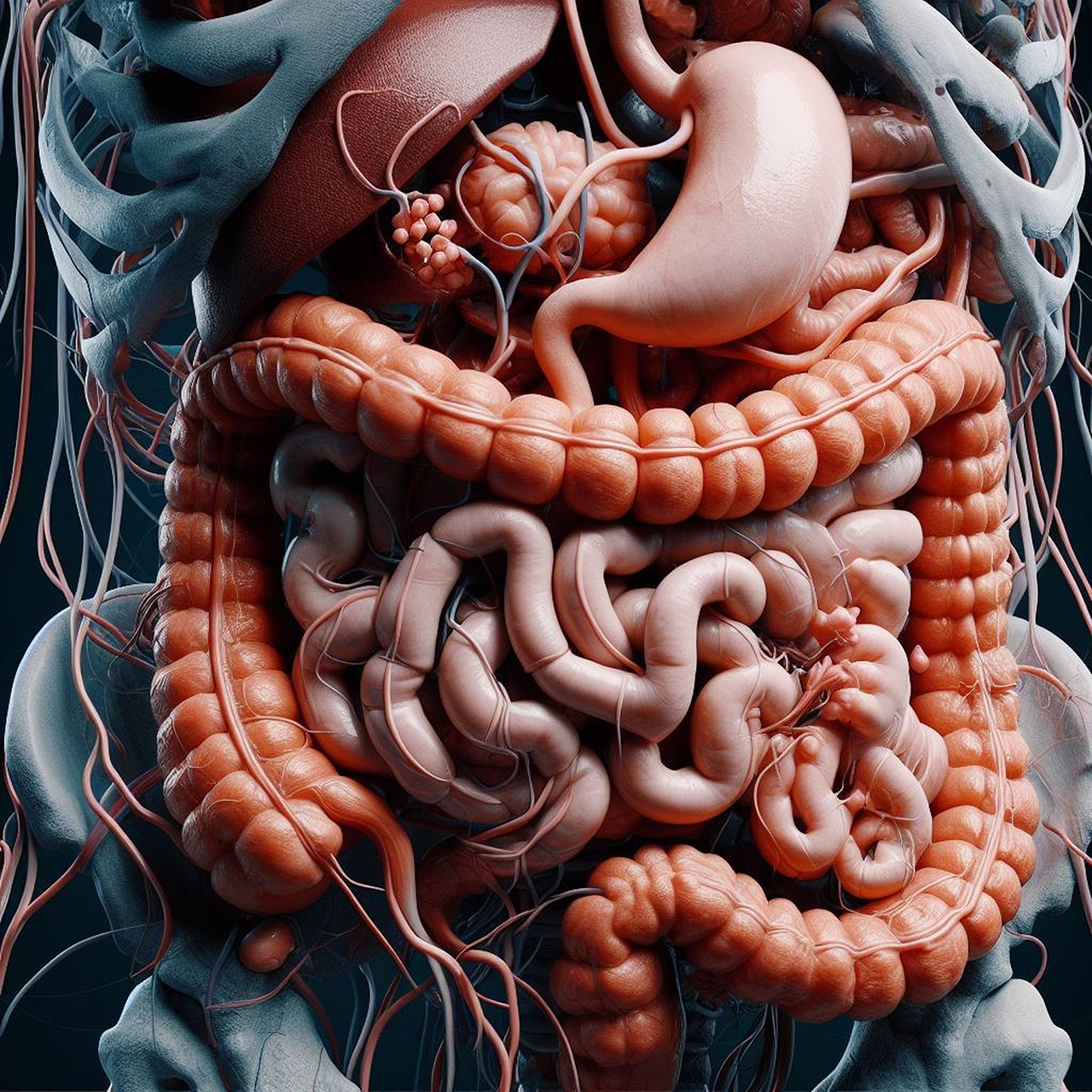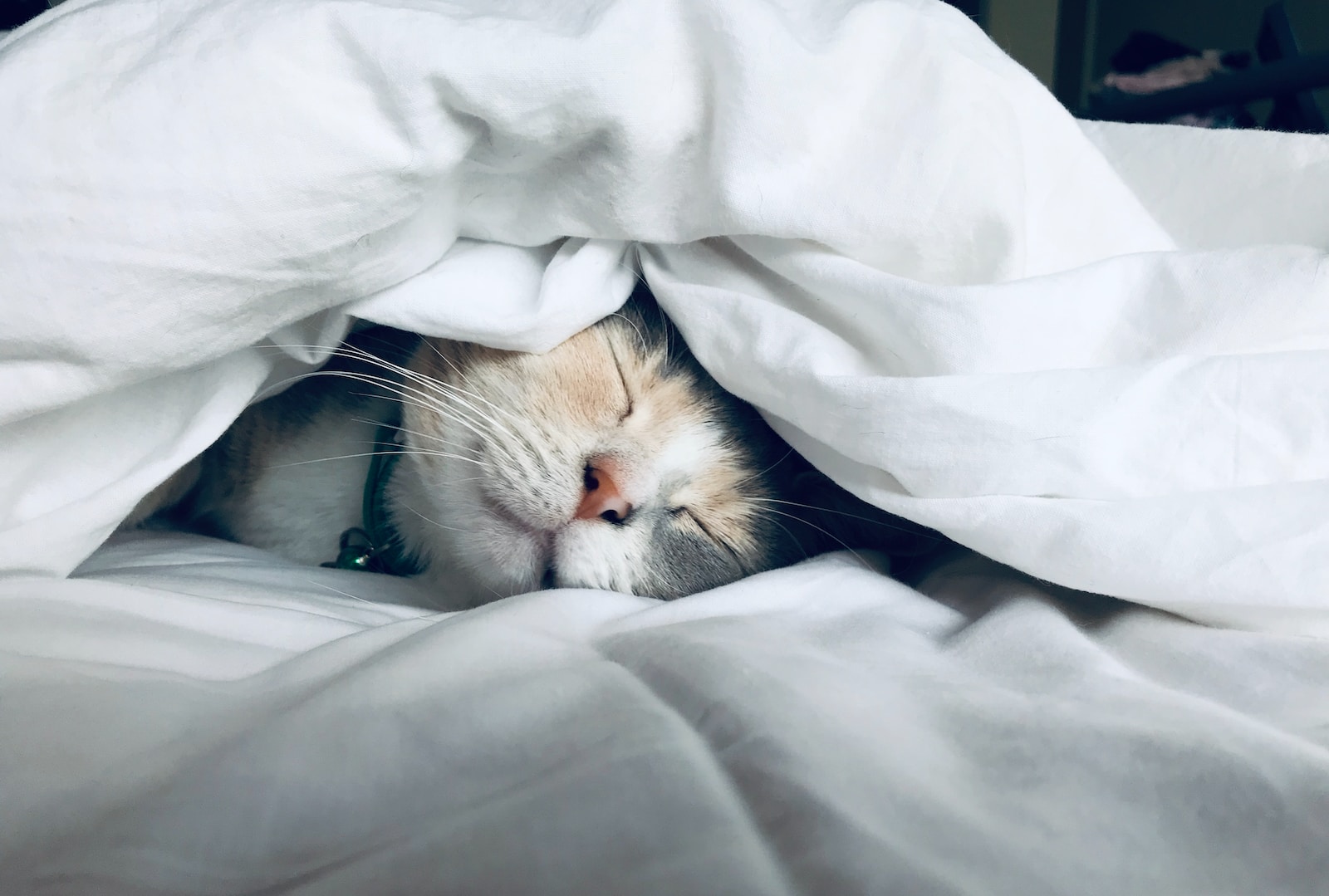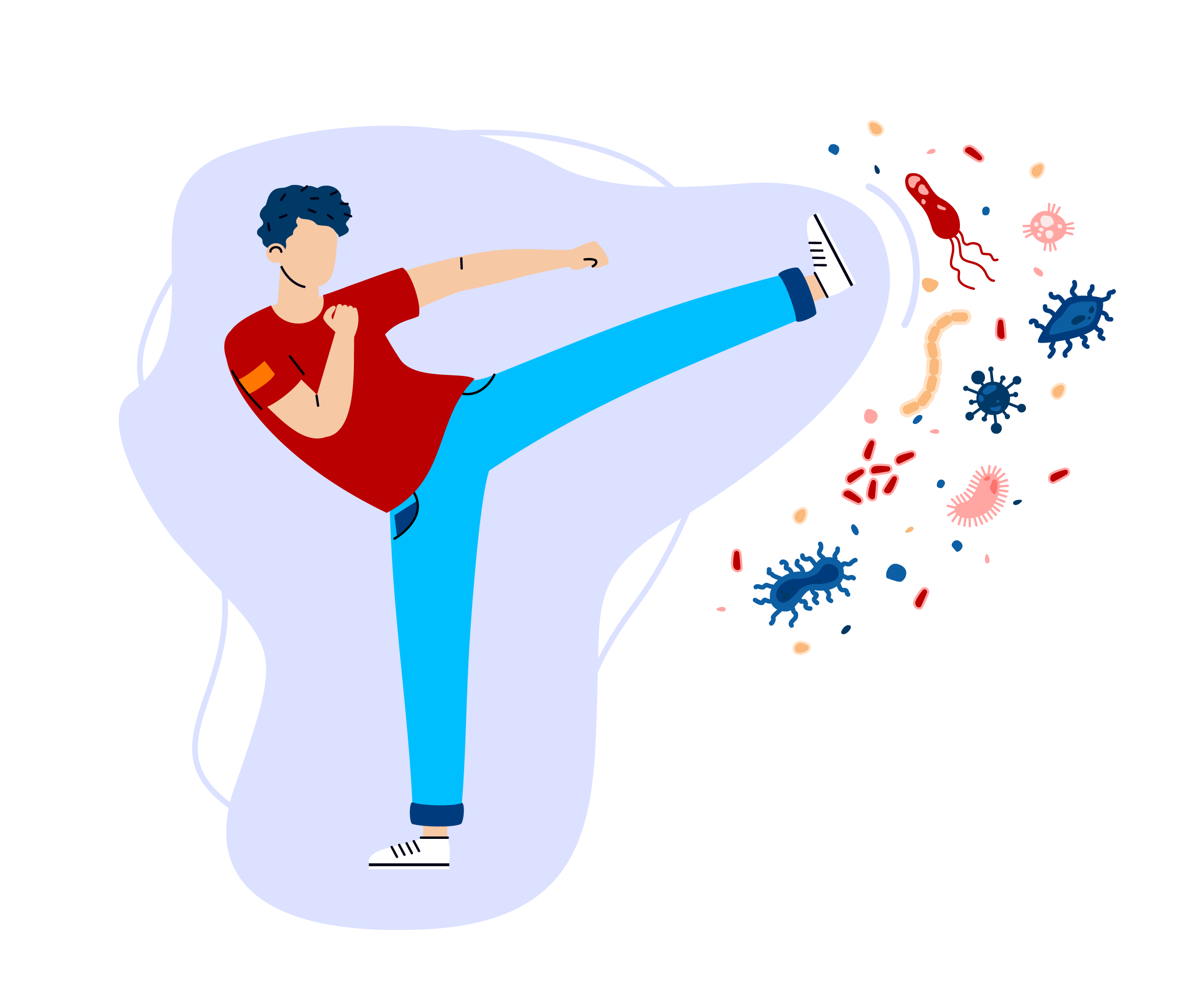
If you’ve been asking yourself, Why is bone density important? It’s because bone health is a crucial component of your overall physical health. Bone density is also important for the prevention of serious health conditions caused by low bone density, such as osteoporosis. This is why many people seek answers about how they can increase bone density or rebuild bone density.
The way your body can move is a gift. Movement is a beautiful thing. We give a lot of credit to our muscles and joints for allowing us to move and do things like jump, dance, bend and lift. All 206 of our bones, however, are an essential third piece of the puzzle that holds our bodies together and gets us moving. Your bones and your bone density don’t get nearly enough recognition in terms of the role healthy bones play in your health.
So why is bone density important? Our bones support us and hold our shape. A person’s bones act as a shield, protecting the internal organs. Our blood cells are produced in our bones, and our skeleton plays a major role in the endocrine system. This is why it’s crucial that we take care of our bones, which can become more difficult as we age.
Bones consist of calcium and collagen. Collagen is softer and acts as the frame, while calcium hardens bones and makes them strong. This is why your mother always told you to drink milk for strong bones. You need calcium in your diet to maintain good bone health.
Our bones are made of living tissue that’s constantly changing, but as we age, this process slows down, and then it’s up to us to help our bodies maintain strong bones. It’s up to us to prevent bone density loss.

What Exactly is ‘Bone Density’?
Bone density is the amount of bone mineral within bone tissue, and this is vital for healthy bones.
The same way our skin renews itself, our bones are constantly changing by releasing calcium into the bloodstream. This process is called ‘bone resorption. New bone material is then formed through the process of ossification. This entire cycle of out with the old bone, in with the new is called bone remodelling. When we’re young, ossification happens a lot faster than bone resorption, but as we age our bodies get rid of old bone faster than we can absorb material needed to make new bone.
Think of your bones as a bank account. You’re continually making withdrawals and deposits, until one day (around age 30) you’re withdrawing more than you’re depositing. You want to have a good ‘savings account’ in your bone bank in order to prevent osteopenia (low bone density) or extremely low bone density, known as osteoporosis.
Think back to your high school biology textbook. Remember the illustration of the inside of a bone, how it was filled with that honeycomb-like pattern? The holes in the pattern are where calcium is stored. In a healthy bone, the holes in the ‘honeycomb’ are quite small, and full of calcium. As osteopenia progresses into osteoporosis, the holes get bigger until the bone is more or less ‘hollow’. This makes bones more prone to breaking from a fall, and low bone density could cause bones to easily break.
Bone density is measured on a ‘T’ scale. Healthy bone density sits between a T score of -1 to +1. Osteopenia is marked by a score of -1 to -2.5 and anything below -2.5 indicates the more serious condition of osteoporosis.
Depositing into the ‘Bone Bank’
If metaphorically speaking, your bones are a bank account, calcium is the money you deposit into it. Our bodies can’t make calcium, so we need to make sure we’re getting enough of it through our diet. We get calcium into our system through the foods we eat or by taking calcium supplements. From the day we’re born until approximately age 30-35 is our peak window of time to make deposits in our bone bank.
As long as we’re getting enough calcium, our ‘savings account’ (the calcium stored in our bones) remains untouched. But when we’re calcium deficient or when the bone remodelling process slows down, our body pulls calcium out of our ‘bone bank account’.
You might be wondering, how much calcium is enough? Although women need slightly more calcium than men, since their bones tend to be naturally less dense, between 1000-1200 mg of calcium per day is recommended for adults.
Foods that are rich in calcium include dairy products, fortified milk alternatives like soy and almond milk, canned sardines, papaya, broccoli, and some greens. If you can’t drink milk, many dairy alternatives will still contain a good amount of calcium, just be sure to check the label.
In addition to calcium, collagen and vitamin D both contribute towards bone remodelling, especially vitamin D since our bodies can’t absorb calcium without it. 2000 IU of vitamin D per day is what’s recommended, and since there aren’t very many naturally occurring sources of vitamin D, many people get their daily allowance in the form of a supplement to avoid a vitamin D deficiency.
How Strength Training Contributes to Bone Density
Maintaining a certain level of physical activity is part of healthy living, but did you know that when it comes to bone preservation, strength training is the best form of exercise you can do?
According to an article published by Harvard Medical School, studies have shown that strength training exercises (such as lifting weights or using resistance bands) can slow down the process of bone loss. Not only that, the stress placed on bones during training can even stimulate new bone development.
Strength training also targets key areas of the body that aerobic exercise doesn’t target as well, such as the spine, hips and wrists. This is important because those bones are more prone to break as a result of a fall. Hip fractures can especially carry enormous consequences, leading to loss of mobility, possible bed sores, pneumonia and muscle weakness.
Additionally, strength training enhances your stability, making you less prone to falling down and breaking something in the first place.

Healthy Bones at Every Age
It’s inevitable that you will lose at least a bit of your bone density as you age, but there are some things you can do to avoid early bone density loss.
Avoiding cigarettes and excess alcohol contributes to healthy bone density, as cigarettes inhibit your ability to absorb calcium, and alcohol kills osteoblasts, the cells responsible for making bones.
Red meat, caffeine and excesses of sugar and salt can also contribute to early bone density loss.
Surprisingly, beans and raw spinach can have a negative impact on calcium absorption. Beans contain phytates, which block your body’s ability to absorb calcium, and while spinach does contain calcium it also contains oxalates. Oxalates bind up calcium and make it unavailable for absorption.
So, does that mean beans and spinach should be avoided? Absolutely not. Both of these foods contain plenty of minerals, vitamins and other nutrients that your body needs. Instead of avoiding them altogether, pair them with other sources of calcium, like cheese or broccoli.
How is Osteoporosis Treated?
There are a number of medications that have been used for years to treat and prevent further damage from osteoporosis. They belong to a class of drugs called bisphosphonates and they work to slow down bone loss by blocking bone resorption. Unfortunately, if taken over a long period of time, they also inhibit natural bone turnover.
However, there is some exciting new research going into osteoporosis, and the findings may soon change the way treat osteoporosis.
CXCL9 is a chemokine, and one of its functions is sending immune cells to sites of inflammation. When inflammation brings about osteoporosis, CXCL9 heads towards stores of bone resorption cell precursors, which then produce the receptor CXCR3. This activation sets bone resorption into motion. According to professors Manfred Schartl and Christoph Winkler, two leading scientists participating in this study, by using chemical inhibitors to block CXCR3 “excessive bone resorption can be prevented in a targeted manner, but normal bone turn-over will still continue”.
Very basically, we may be able to ‘pause’ bone resorption to allow ossification to catch up.
What Your Genes Say About Osteoporosis
Scientists are still unsure if there is one particular genetic defect that can bring on osteoporosis, but it’s they are in agreement that osteoporosis runs in families. Osteogenesis imperfecta (brittle bone disease) is a genetic disease that causes poor bone formation and while it doesn’t cause osteoporosis, people who suffer from OI do tend to have osteoporosis as well.
A DNA test can tell you if you’re a carrier of the genetic mutation that causes OI, as well as indicate if you have any of the genetic markers that may make you more susceptible to developing osteoporosis down the line. If you find out through a DNA test that you’re genetically at a higher risk of developing osteoporosis, you’ll want to take as many preventative measures as you can when it comes to maintaining healthy and strong bones.






